43 terminal velocity free body diagram
The Free Body Diagram Interactive is shown in the iFrame below. There is a small hot spot in the top-left corner. Clicking/tapping the hot spot opens the Interactive in full-screen mode. Use the Escape key on a keyboard (or comparable method) to exit from full-screen mode. There is a second hot-spot in the lower-right corner of the iFrame. When an object attains terminal velocity, the upward force of air resistance is equal and opposite to the ... Be sure to include a free body diagram.1 answer · 1 vote: “Undergoes” is the wrong word. An object attains terminal velocity when it undergoes drag ...
Sliding at constant speed without friction. 12. Falling at constant (terminal) velocity. Air Resistance. Toril. (no horizontal.3 pages
Terminal velocity free body diagram
The velocity of an object is the rate of change of its position with respect to a frame of reference, and is a function of time.Velocity is equivalent to a specification of an object's speed and direction of motion (e.g. 60 km/h to the north). Velocity is a fundamental concept in kinematics, the branch of classical mechanics that describes the motion of bodies. Figure 5.32 (a) The free-body diagram for isolated object A. (b) The free-body diagram for isolated object B. Comparing the two drawings, we see that friction acts in the opposite direction in the two figures. Because object A experiences a force that tends to pull it to the right, friction must act to the left. Because object B experiences a component of its weight that pulls it to the left ... The terminal velocity is the same as the limiting velocity, which is the velocity of the falling object after a (relatively) long time has passed. Similarly, the limiting distance of the boat is the distance the boat will travel after a long amount of time has passed. ... Draw a free-body diagram of …
Terminal velocity free body diagram. In the diagrams below, free-body diagrams showing the forces acting upon an 85-kg skydiver ... The object is said to have reached a terminal velocity. Draw a free-body diagram of the forces to see what the angle [latex]\theta[/latex] should be.) A car of mass 1000.0 kg is traveling along a level road at 100.0 km/h when its brakes are applied. Calculate the stopping distance if the coefficient of kinetic friction of the tires is 0.500. If a body is moving with constant velocity, acceleration is zero. So net force acting on it will be also zero. But the body has energy due to its constant motion. Take the case of a freely falling body: it reaches its terminal velocity (120mph) when gravity = air resistance (drag). So it … Draw a free body diagram of a meteor that is falling towards earth at terminal velocity. Fair. Fgravity. Net Force = 0 N. The meteor is falling down, ...17 pages
Figure 5.32 (a) The free-body diagram for isolated object A. (b) The free-body diagram for isolated object B. Comparing the two drawings, we see that friction acts in the opposite direction in the two figures. Because object A experiences a force that tends to pull it to the right, friction must act to the left. Because object B experiences a component of its weight that pulls it to the left ... by W Moebs · 2016 — Figure 6.33 Free-body diagram of an object falling through a resistive medium. We can find the object's velocity by integrating the differential equation for v. Free body diagrams of a person with 90 kg mass during a skydive. The initial speed is zero, so drag force is zero. As speed increases, the drag force grows, ... Terminal Velocity of a Skydiver Find the terminal velocity of an 85-kg skydiver falling in a spread-eagle position. Strategy At terminal velocity, F net = 0. F net = 0. Thus, the drag force on the skydiver must equal the force of gravity (the person’s weight). Using the equation of drag force, we find m g = 1 2 ρ C A v 2. m g = 1 2 ρ C A v ...
Free-body diagrams are diagrams used to show the relative magnitude and direction of all forces acting upon an object in a given situation. A free-body diagram is a special example of the vector diagrams that were discussed in an earlier unit.These diagrams will be used throughout our study of physics. Figure 5.32 (a) The free-body diagram for isolated object A. (b) The free-body diagram for isolated object B. Comparing the two drawings, we see that friction acts in the opposite direction in the two figures. Because object A experiences a force that tends to pull it to the right, friction must act to the left. Because object B experiences a component of its weight that pulls it to the left ... The terminal velocity is the same as the limiting velocity, which is the velocity of the falling object after a (relatively) long time has passed. Similarly, the limiting distance of the boat is the distance the boat will travel after a long amount of time has passed. ... Draw a free-body diagram of … Figure 5.32 (a) The free-body diagram for isolated object A. (b) The free-body diagram for isolated object B. Comparing the two drawings, we see that friction acts in the opposite direction in the two figures. Because object A experiences a force that tends to pull it to the right, friction must act to the left. Because object B experiences a component of its weight that pulls it to the left ...
The velocity of an object is the rate of change of its position with respect to a frame of reference, and is a function of time.Velocity is equivalent to a specification of an object's speed and direction of motion (e.g. 60 km/h to the north). Velocity is a fundamental concept in kinematics, the branch of classical mechanics that describes the motion of bodies.

Match That Free Body Diagram Concept Builder Challenges A Learner To Utilize An Understanding Of Force Types In Order T Body Diagram Physics Projects Physics
Solved Draw A Free Body Diagram Of A Parachutist Who A Has Just Stepped Out Of The Airplane And Is Accelerating Toward To The Ground B Has Opene Course Hero

Terminal Velocity Arizona State University Ranked 1 Velocity Acirc Euro Cent The Object Acirc Euro Trade S Velocity Kinematics Kinetics Linear Angular Linear Angular Positioin Free Body Pdf Document

Physics And Astronomy Outreach Program At The University Of British Columbia Physics And Astronomy Outreach Program At The University Of British Columbia Ppt Download
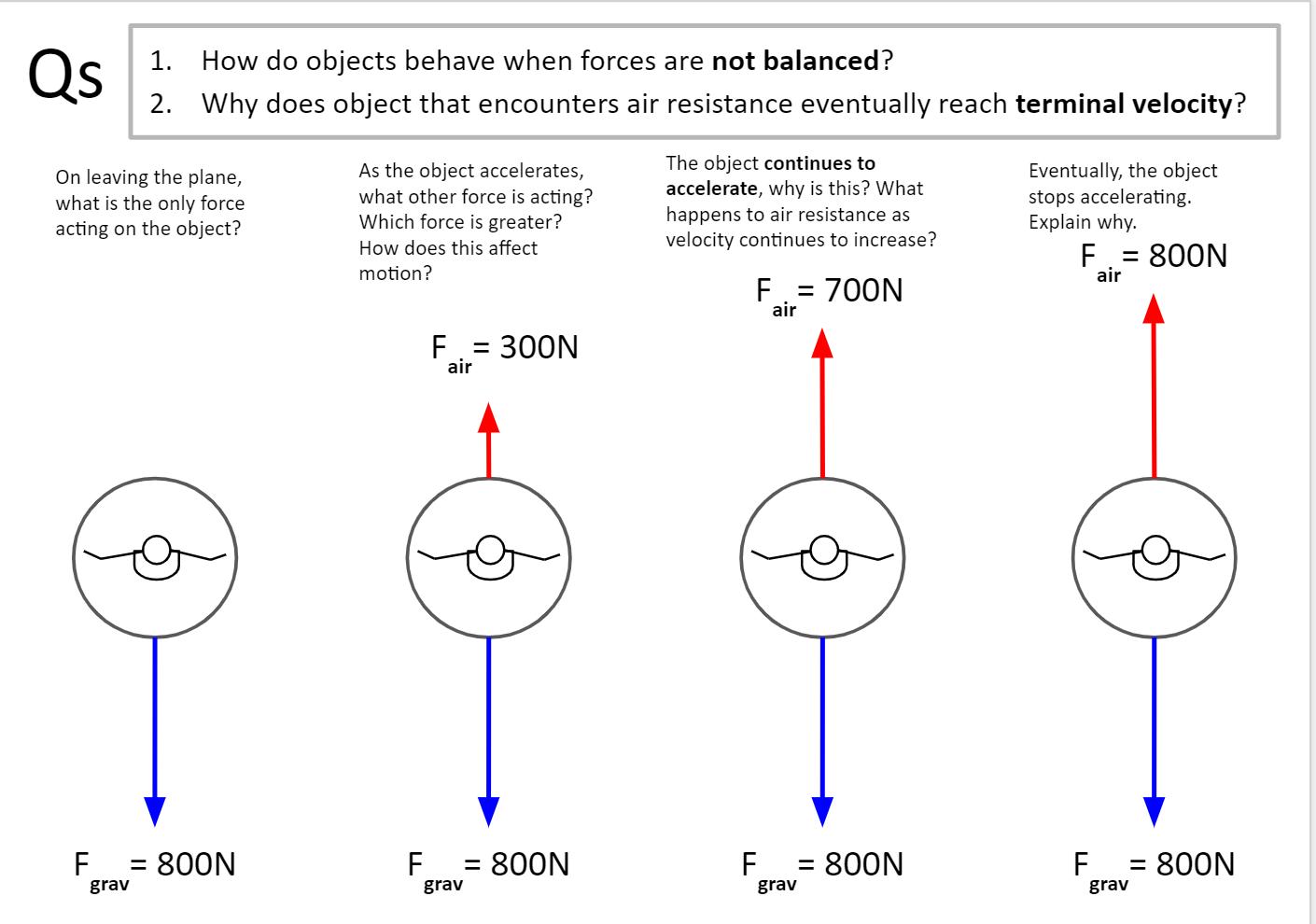
Ben Sudjaitham On Twitter Dualcoding Free Body Diagrams Newton S 1st Amp 2nd Law Teacher Guided Explanations Terminal Velocity For Horizontal And Vertical Motions Big Q Why Does Object That Encounters Air

Law Of Acceleration Forces Can Be Balanced Or Unbalanced Balanced Forces Are Equal In Size Magnitude And Opposite In Direction Unbalanced Ppt Download

Today Ch 3 Tomorrow Ch 4 Apparent Weight Friction Free Fall Air Drag And Terminal Velocity Forces And Motion In Two And Three Dimensions Ppt Download



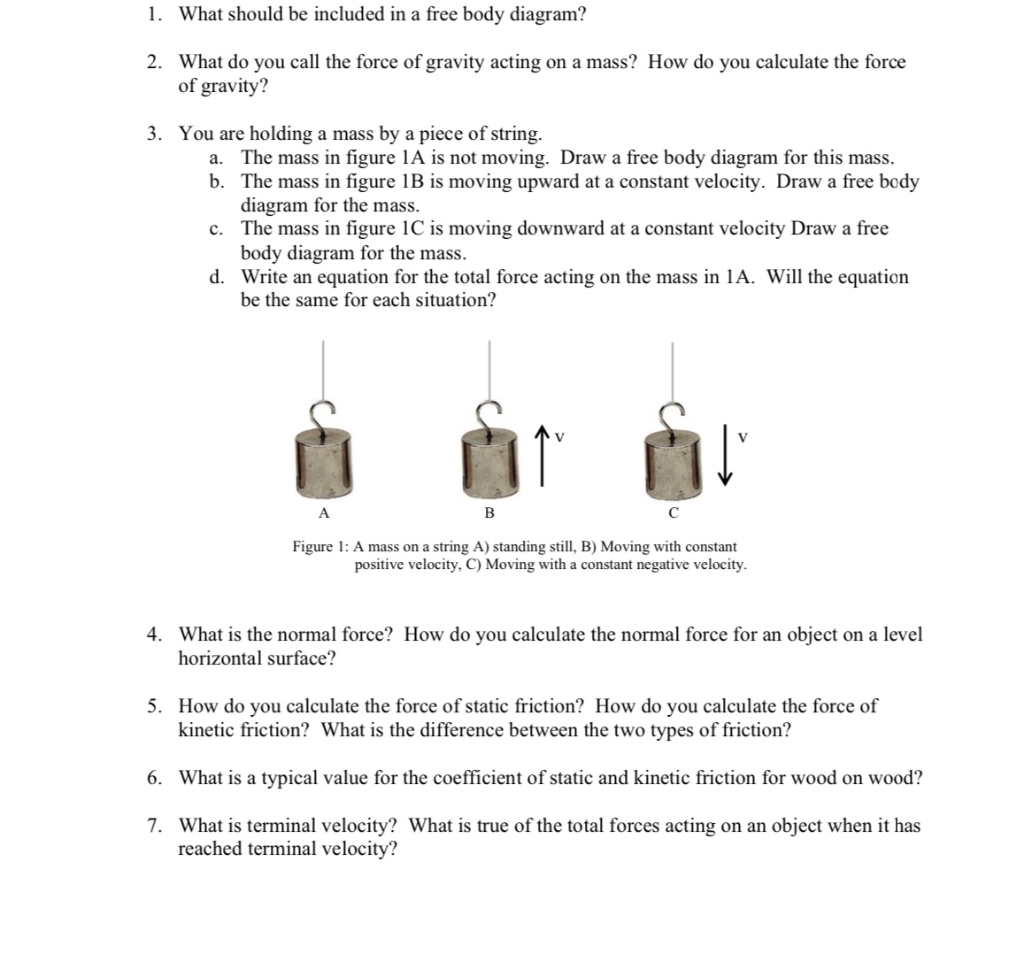
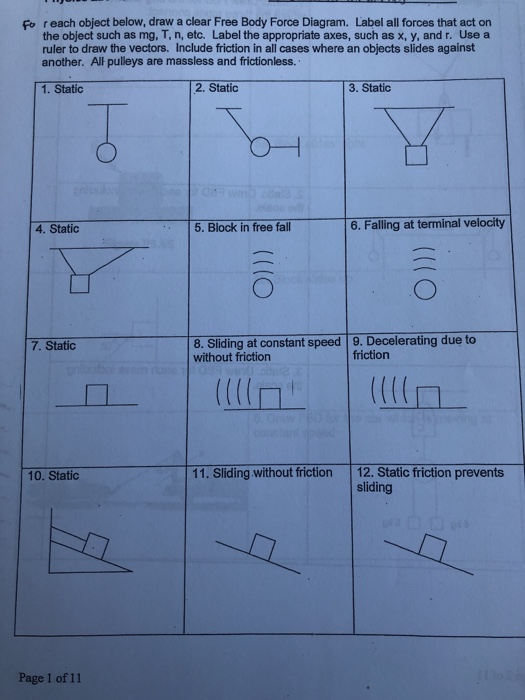


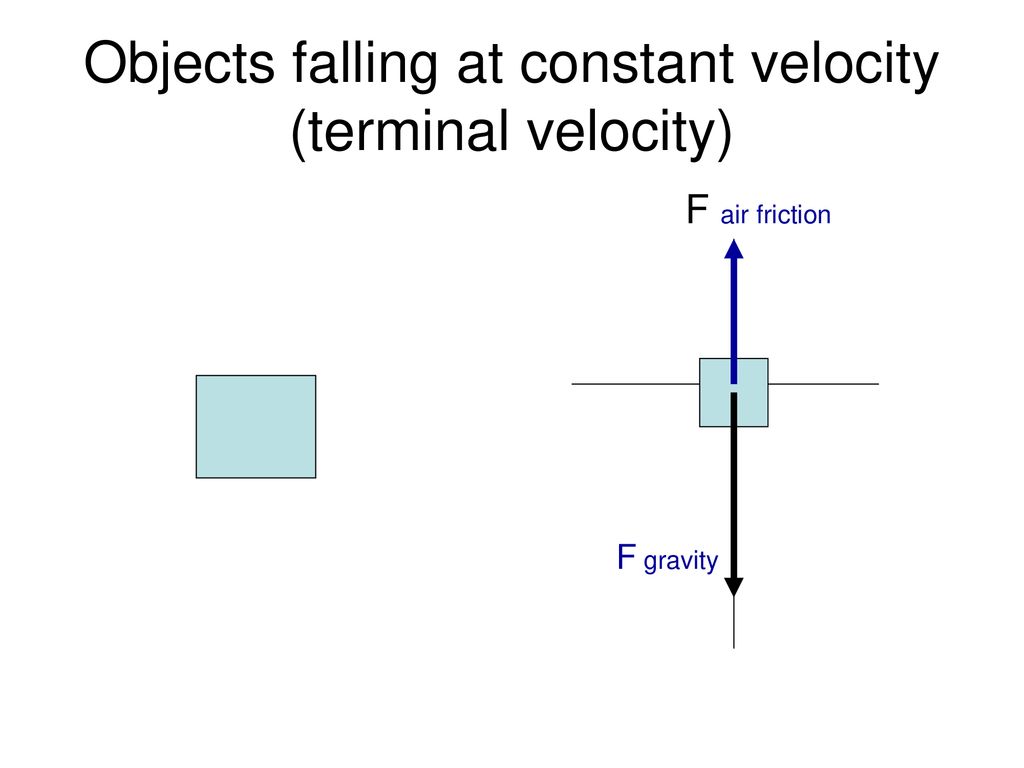

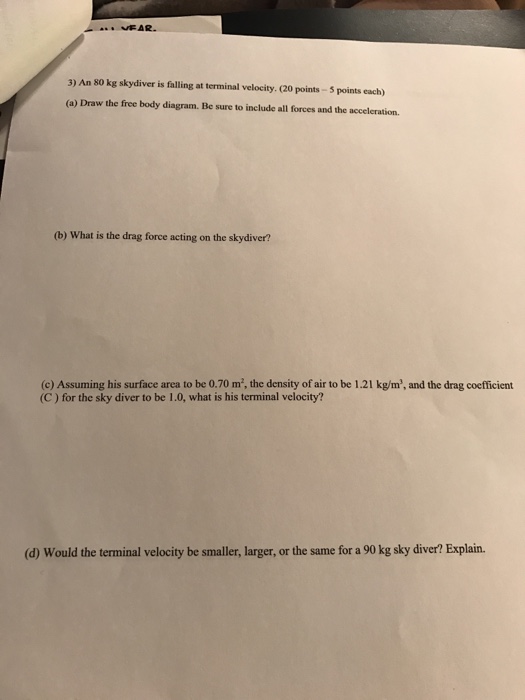
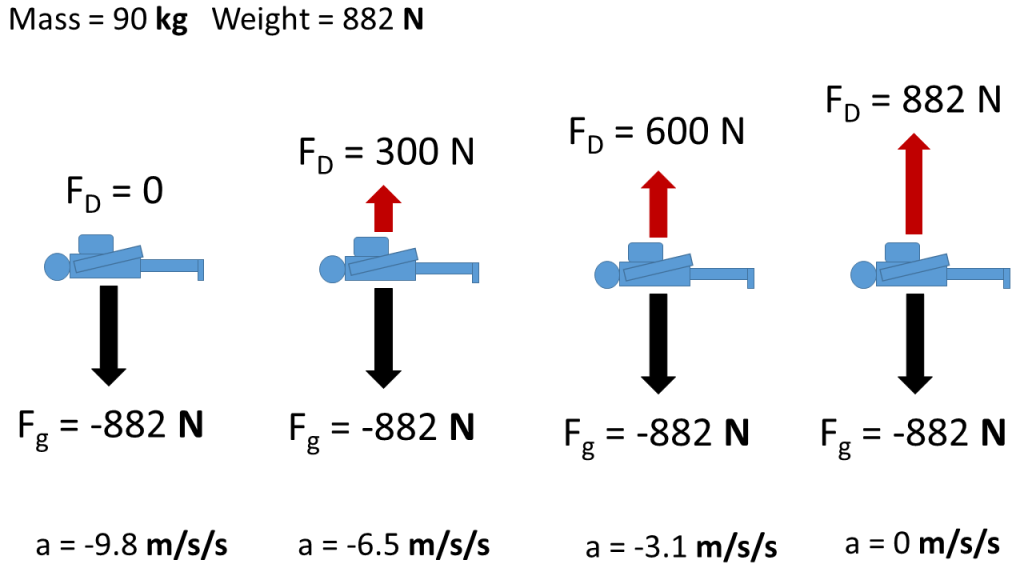

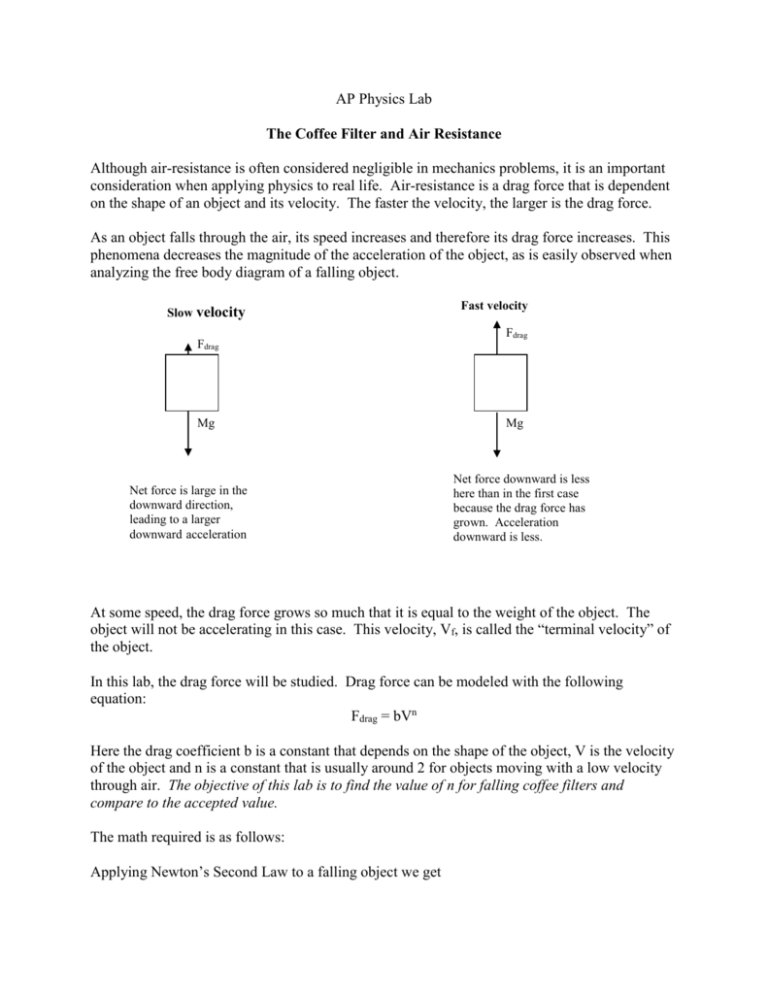


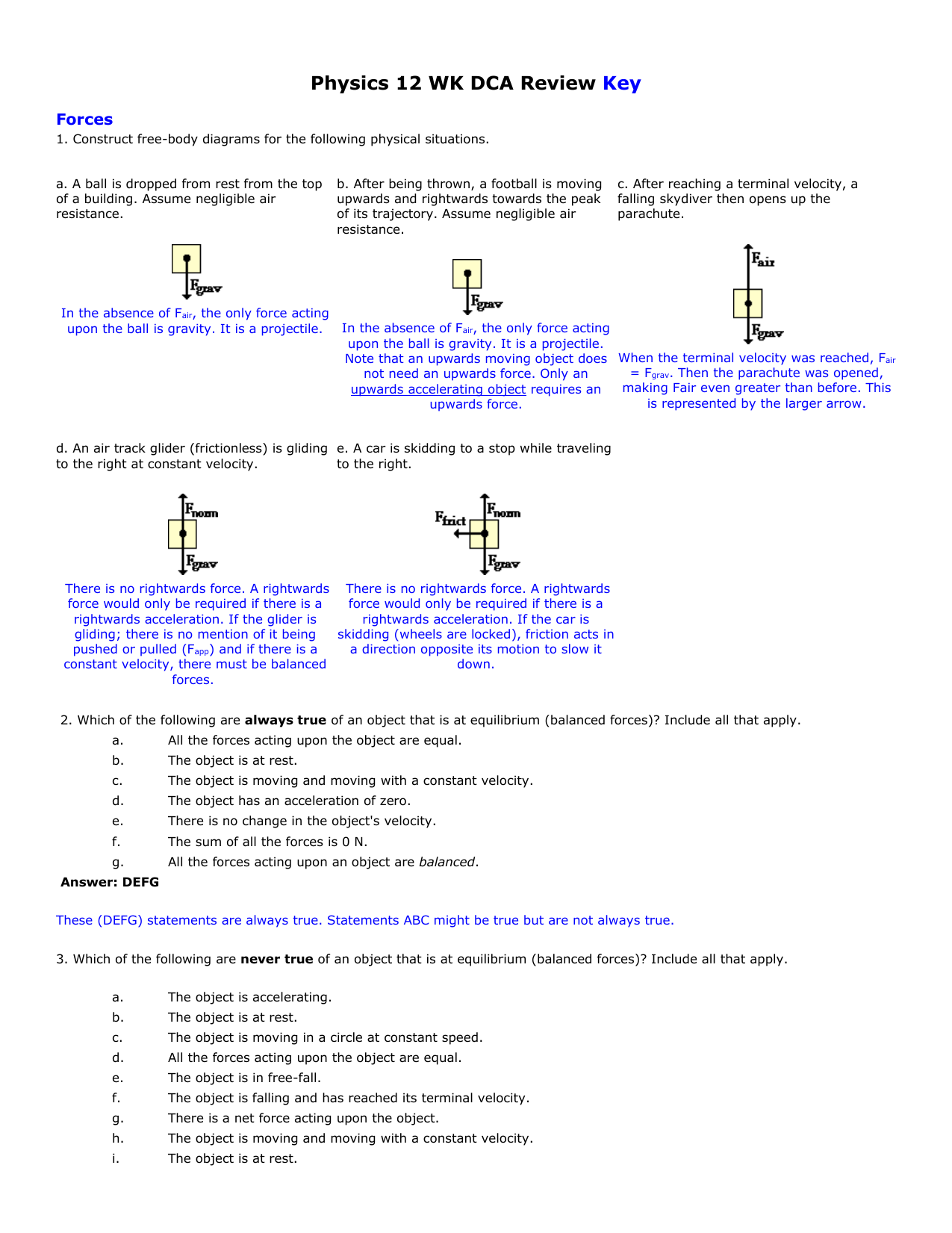



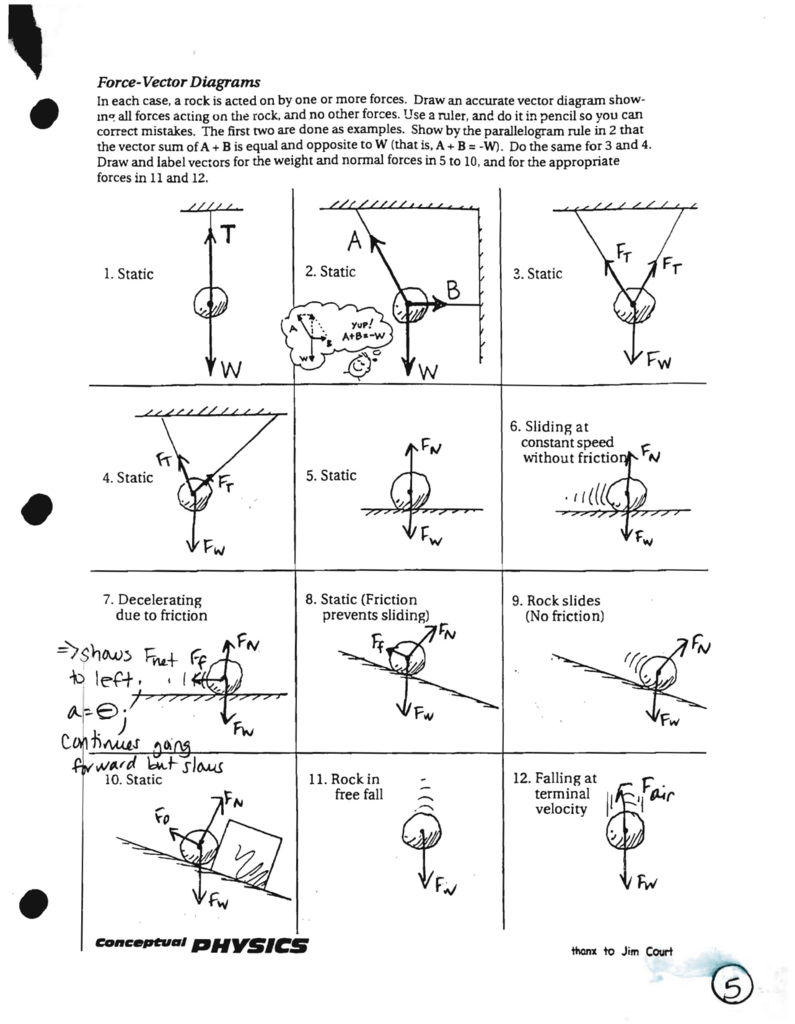
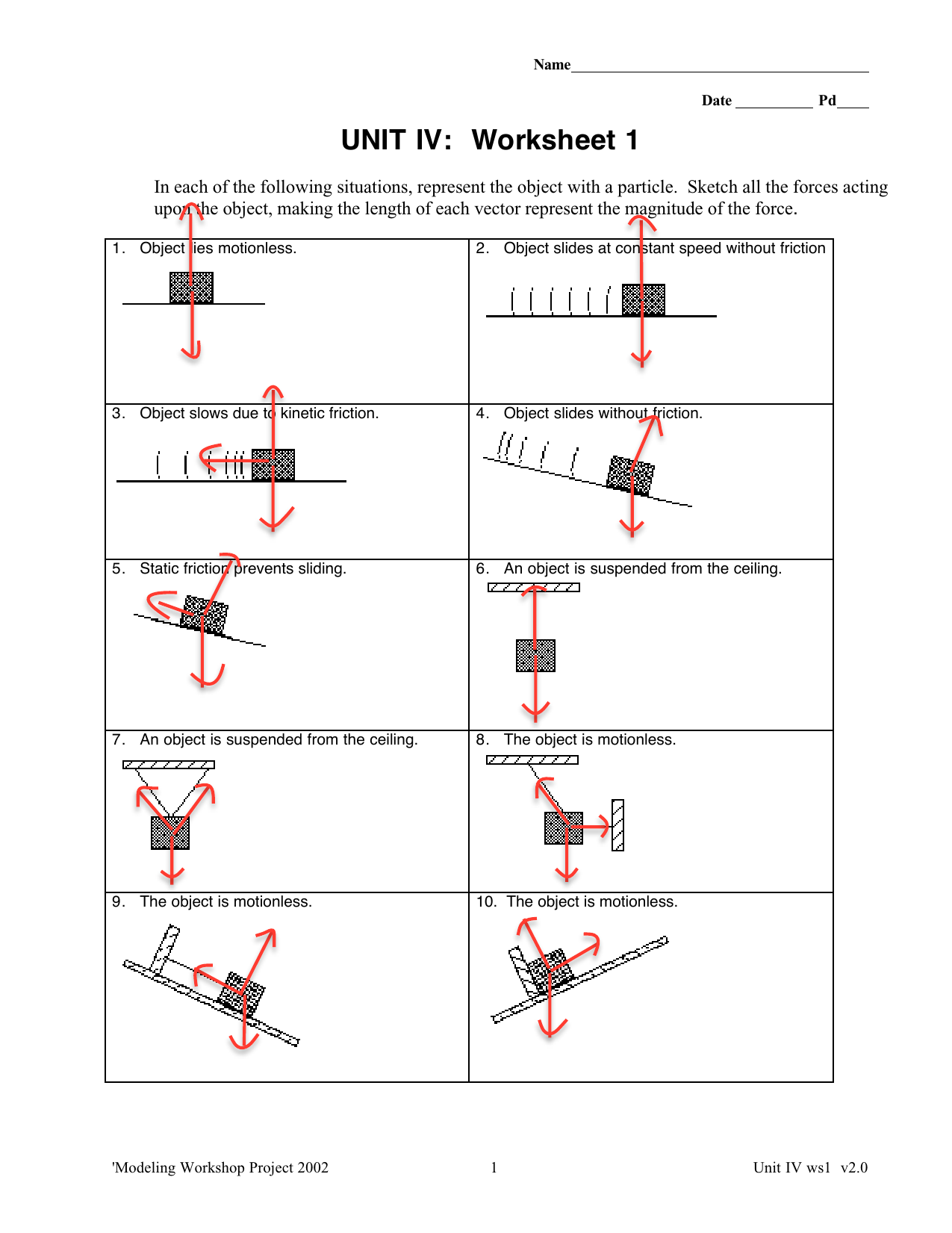
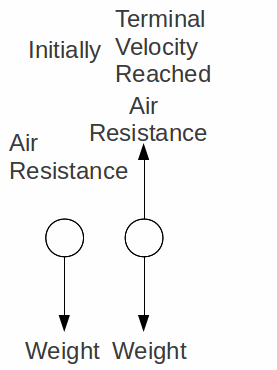


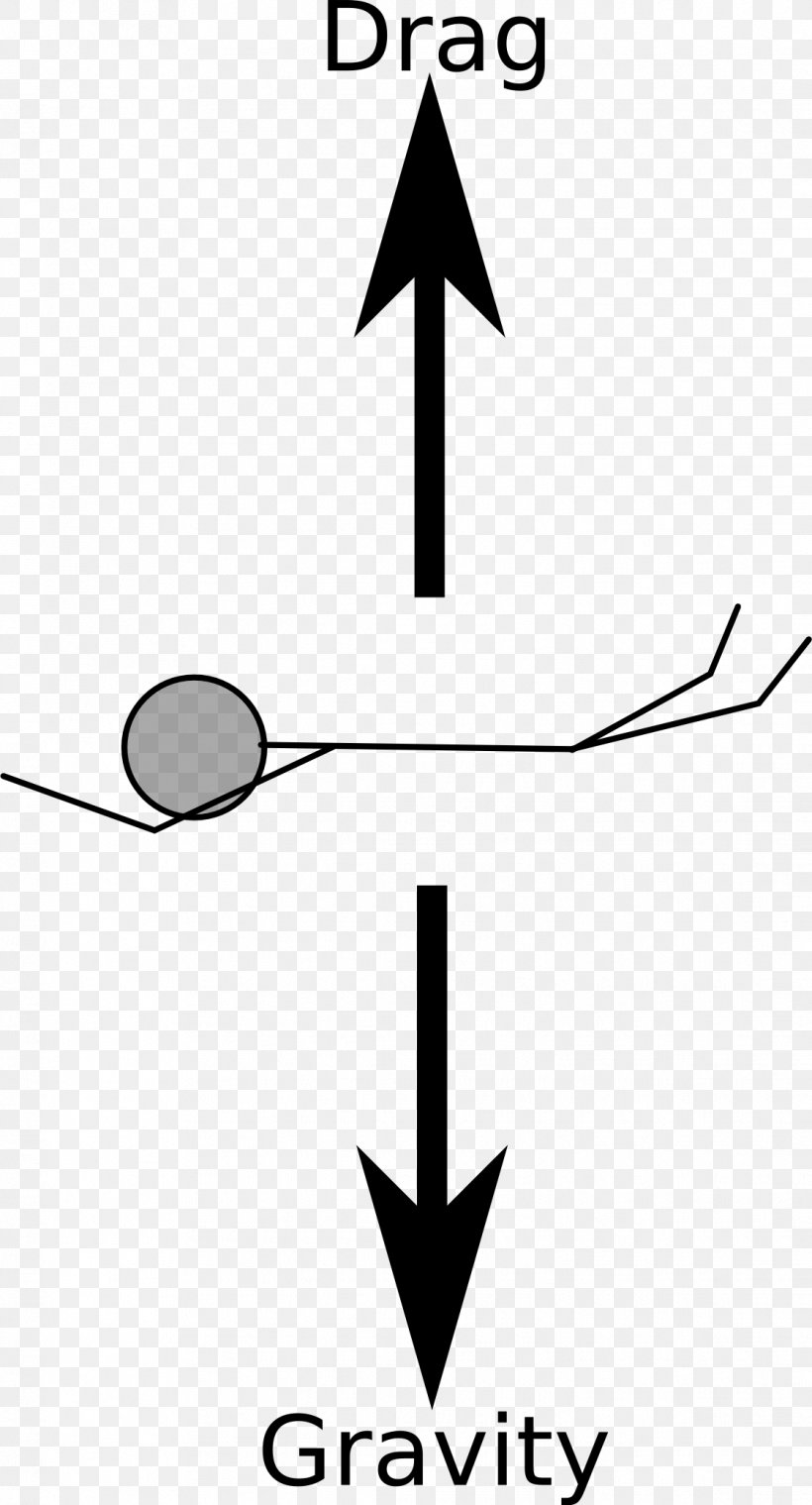
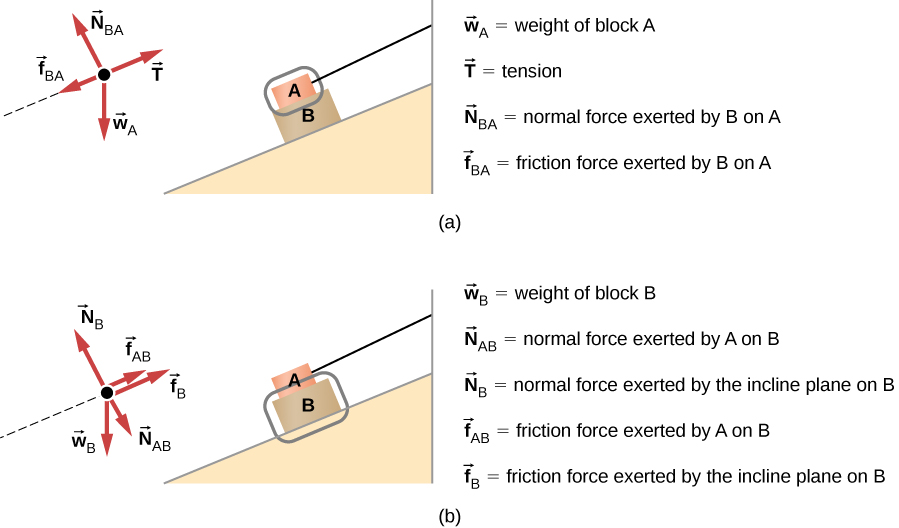
Comments
Post a Comment